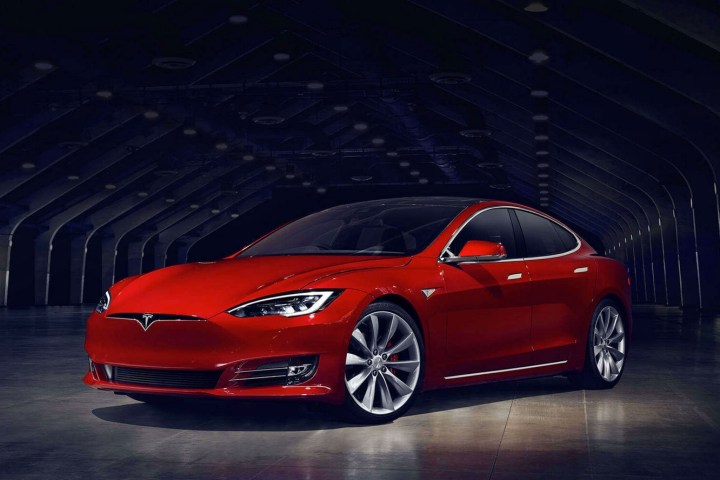
Taxi companies unhappy about competing with Uber’s non-professionally licensed drivers successfully convinced the Spanish government to ban the service at the end of 2014. The company managed to return earlier this year with UberX, which offers passengers rides in cars operated by professionally licensed drivers. Now, it’s trying to get on the local authorities’ good side by adding dozens of Tesla Model S sedans to UberOne.
“We want to do things that are in line with what the town hall wants,” explained Carles Lloret, the managing director of Uber’s southern European division, in a recent interview with Reuters. Adding electric cars to Uber’s fleet is a small step toward lowering air pollution levels and reducing the number of cars that drive into the city every day, two key problems that local authorities are struggling with.
The fact that Uber picked the Tesla Model S and not a more affordable electric car like the widely available Renault Zoe or the Nissan Leaf is telling. UberOne aims to provide passengers with a premium experience for a cost similar to what a standard taxi would charge, according to Spanish daily newspaper El Pais. The same report points out UberOne is primarily aimed at businessmen, though it’s available to anyone who downloads the application and creates an account. To that end, every car in the UberOne fleet features a Microsoft Surface Pro 4 tablet that the passengers can use to check their email, connect to social media, or simply surf the web. They can also access their favorite tunes by logging on to Spotify.
UberOne launches today in Madrid. The service could be expanded to other cities in Europe and abroad, but Uber couldn’t be reached for comment.
Editors' Recommendations
- Uber gets further into the cash game with Uber Money app and debit card
- Coffee lovers, Starbucks and Uber Eats are going all-in on U.S. deliveries



